Best of Things, Mountain-Bikes -
The 7 Best Mountain Bike Upgrades in 2020
You’ve been pushing that mountain bike of yours to the limit.
You want more out of it, but you’re not sure what upgrades to make.
Maybe you want better traction, more responsive brakes or a better drivetrain.
What is the most effective way to upgrade your mountain bike and what upgrades will give you the best bang for your buck?
Let’s take a look at 7 of the best mountain bike upgrades you can make.
1. Tires for Improved Traction
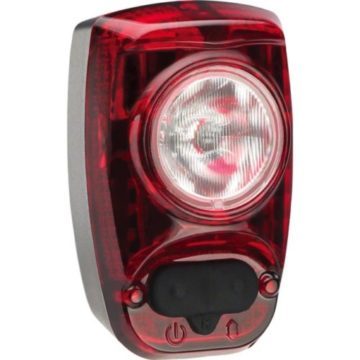
Chances are, if you’re looking to make upgrades to your mountain bikes, it’s because you want better performance to match your growing skills as a mountain biker. If the stock tires you bike came with just aren’t cutting it, invest in higher-grade tires that offer you better traction and performance.
You might also consider front and rear-specific tires, as each has a different purpose.
Since front tires provide control, putting a wider tire on your front wheel can improve your stability when hitting obstacles and traction or when executing turns.
The rear tires propel you forward. As such, it makes sense to fit your rear wheel with a tire that has more traction and less volume for lighter weight.
Switching to tubeless tires is also a good upgrade, especially if you’re tired of changing flats in the middle of the woods. Advancements in tubeless technology have made tubeless tires much more attractive for mountain bikes.
When used with an anti-puncture sealant, tubeless tires are virtually impossible to flat while out on the trail. They can also be run at much lower tire pressures, improving ride and traction. This makes them an excellent choice for mountain bikes.
Read More : The 8 Best Mountain Bike Tires
2. Wheelsets for A Stiffer and Smoother Ride

Now we’re getting into the more expensive upgrades.
Upgrading your wheelset is a more expensive proposition than some of the easier upgrades on this list, but it can be worth it.
Your bike’s wheels make up a significant chunk of its overall weight. Stock wheelsets, especially on entry-level mountain bikes are typically heavy. This not only increases the weight of your bike, but also makes it more difficult to get those wheels up to and maintain speed.
Upgrading to lighter weight wheels can have a significant improvement over how the bike rides.
And remember, wheels are turning on the hubs.
Higher quality hubs are likely to have better bearings, which means less resistance when your wheels are turning. This also equates to less resistance when you pedal, which translates into more speed with less effort.
If your wheelset does not support tubeless, this might also be another reason for upgrading that wheelset.
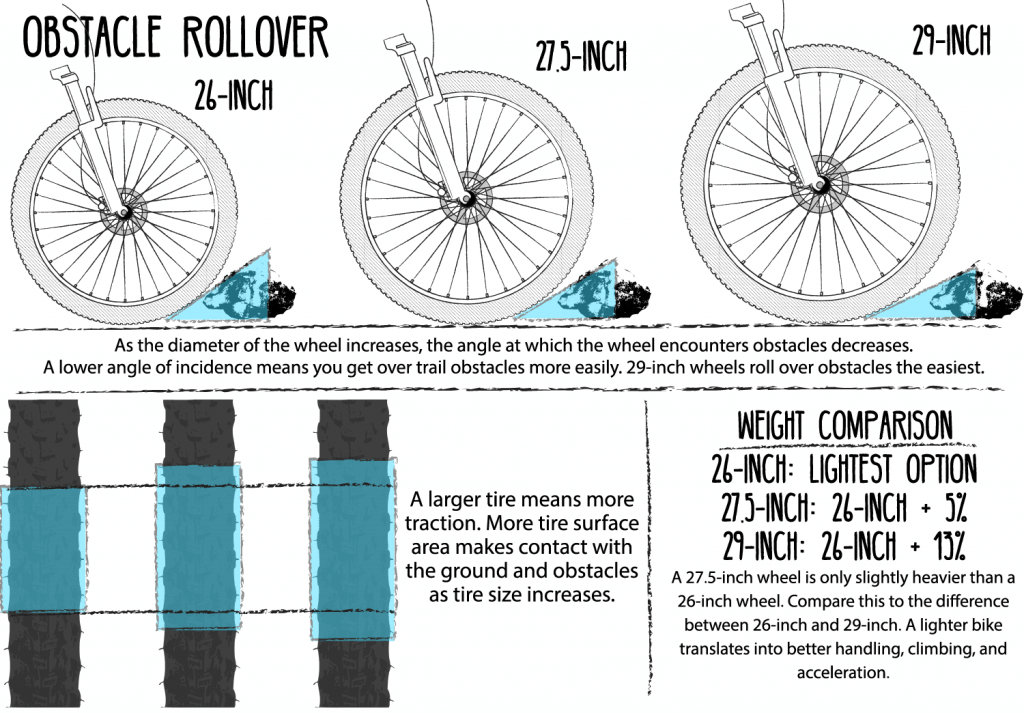
And, depending on your fork and frame, you might also consider changing your wheel size. Upgrading to a 27.5” or 29” wheel can have a dramatic effect on your bike’s performance. Larger wheels more easily roll over obstacles, making for a faster bike with less effort over uneven terrain. Larger wheels also have more contact area with the ground, making for better traction.
3. Saddle
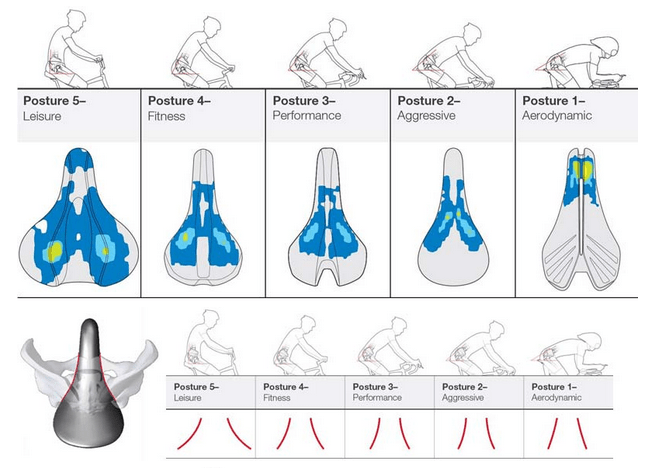
Saddles represent the number one upgrade most cyclists make to their mountain bikes.
Why?
Most manufacturers don’t put much thought or expense into the stock saddle you get when you buy your bike.
Saddle preference is very subjective.
What is comfortable to one rider might be torturous to another. Therefore, bike manufacturers pretty much expect that you’re going to go out and find a saddle that makes you and your rear end happy after you by their bike.
If your saddle isn’t comfortable, then an upgrade is a must. You’re not going to want to ride a bike that isn’t comfortable.
Read More : The 8 Best Mountain Bike Saddles
4. Handlebar Grips
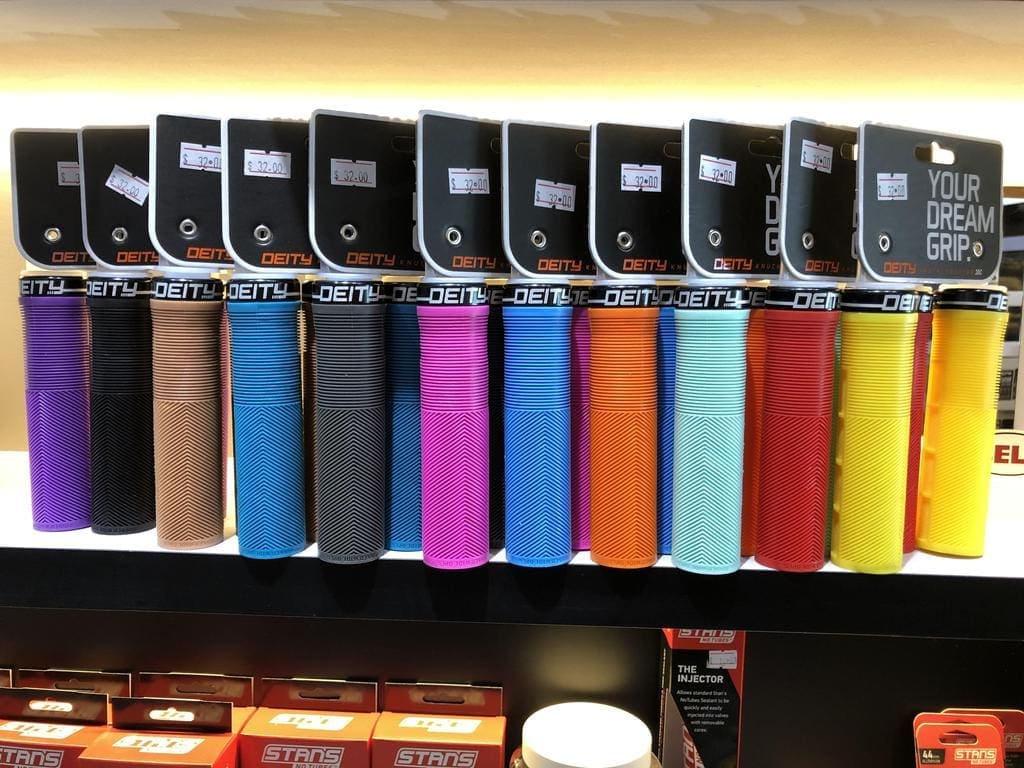
It’s not often that you hear much about grips when it comes to mountain bikes.
Usually, the focus is on the frame, wheelsets and drivetrain. This is odd given the fact that grips are a big part of how you engage with your bike. They also make a big impact on your ability to control your bike, especially for trail riding.
A poor set of grips can give you more than blisters.
They will cause you to hold the handlebars more tightly to compensate for your poor grip. This can result in arm fatigue and even back and neck pain.
You have several material options when it comes to upgrading your grips; silicon, rubber and foam.
Most grips are installed over the handlebars and stay put with friction. Others bolt on.
Read More : 4 Things to Know Before Buying Mountain Bike Grips
Silicon adds comfort, offers excellent traction, and absorbs vibrations. Soft rubber grips offer maximum grip and bolt on to ensure they won’t slip during even the most aggressive riding.
Also, consider what grip size works well for you. You should be able to grip your handlebars firmly without being able to wrap your hands too far around them. Larger handed people should go with thicker grips while smaller hands need smaller grips.
5. Dropper Seatpost
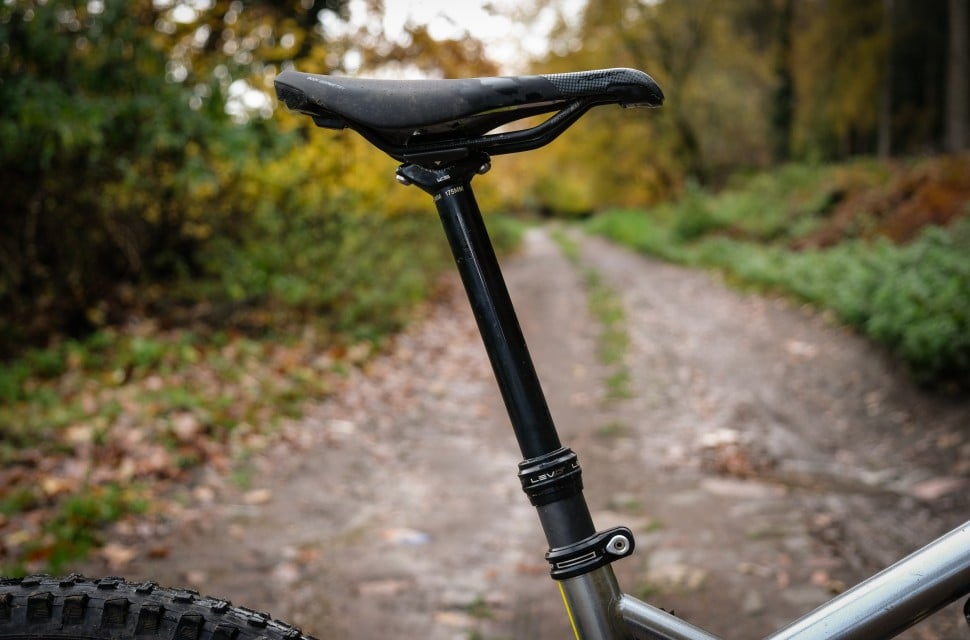
Never heard of a dropper seat post?
It’s a seat post that allows you to raise or lower your seat while riding with the push of a button from your handlebars.
You’d probably be asking, why in the world would you want to do that?
The nature of mountain biking requires that you take on varying terrain. You might be climbing steep terrain one minute and bombing down the next.
When you’re climbing, you want to have that seat higher for maximum power transfer. When your flying downhill, you want that seat out of the way.
Hence, the dropper post, which allows you to raise and lower the seat on the fly.
It’s a pretty significant advantage and one that doesn’t require you to spend a whole heck of a lot of money. It also doesn’t require much mechanical know-how. Replacing the seat post is a pretty simple and quick job.
6. Brakes
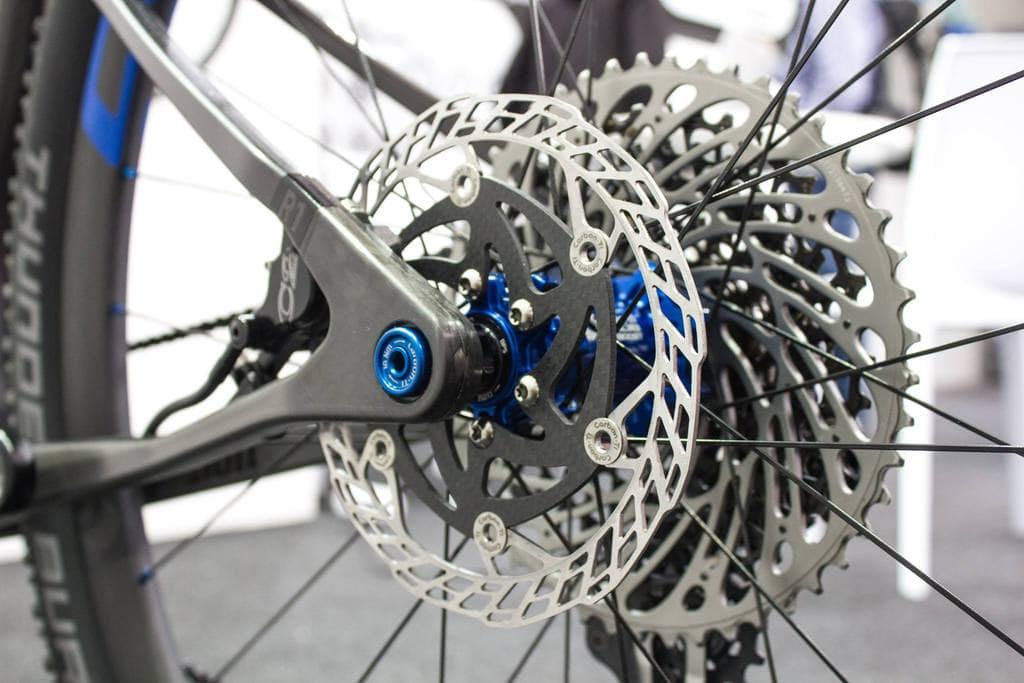
When bike manufacturers assemble a mountain bike for sale, they sometimes skimp on brake pads and rotors, especially for those budget and beginner mountain bikes.
An effective and inexpensive way of improving your brake performance is by upgrading the stock brake pads to high-quality aftermarket pads. This also allows you to tailor your brakes to your needs by purchasing a brake pad material that fits the type of riding you do.
You can also improve your brake performance by installing a larger front rotor.
If you have a 160mm rotor on the front, consider upgrading to a 180mm rotor. Why?
When you brake, more force is placed on the front wheel. A larger rotor means more braking surface area, which equates to more stopping power. A larger surface will also do a better job of dissipating heat, preventing your brakes from losing their effectiveness.
7. 1X Gearing
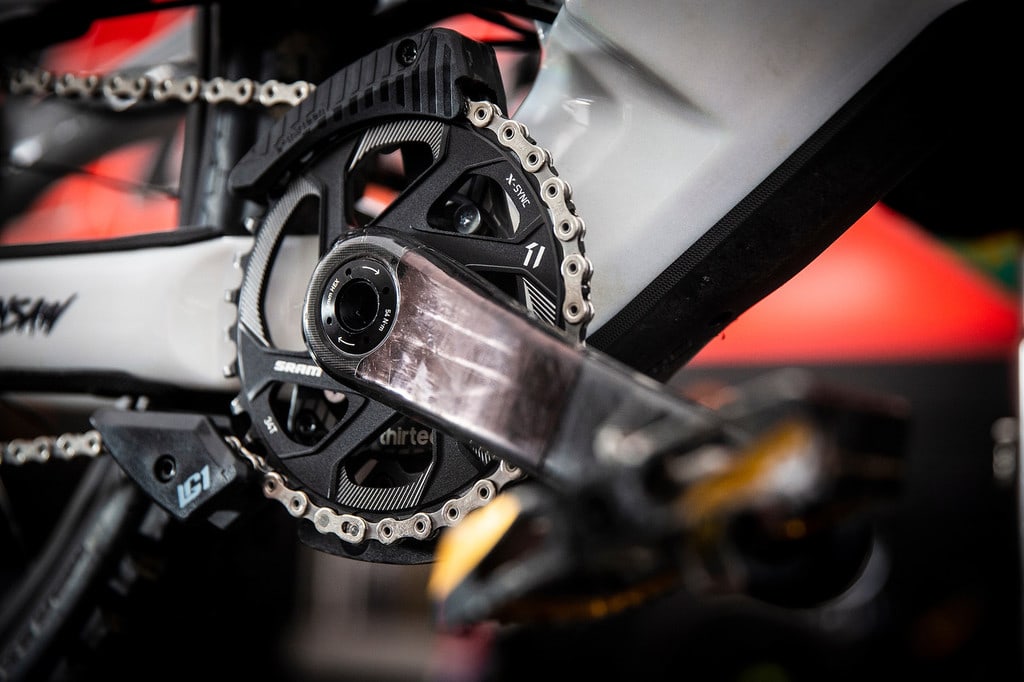
1x gearing has taken the mountain bike industry by storm in recent years for a variety of reasons.
It’s simpler and requires less maintenance.
With a 1x set up, there is no need for a front derailleur, meaning you have one less mechanical piece to maintain.
A 1x gearing set up gives you a front chainring that is typically a 32T coupled with a rear cog set that can have as many as 12 speeds. Because there is only one chainring, these cog sets usually have a broad range of gears, ranging from 11T on the high gears, to 50T on the low gears for the steepest climbs.
While upgrading your drivetrain is one of the more expensive upgrades on this list, it can have a major impact on your bike’s performance.
The post The 7 Best Mountain Bike Upgrades in 2020 appeared first on The Geeky Cyclist.
